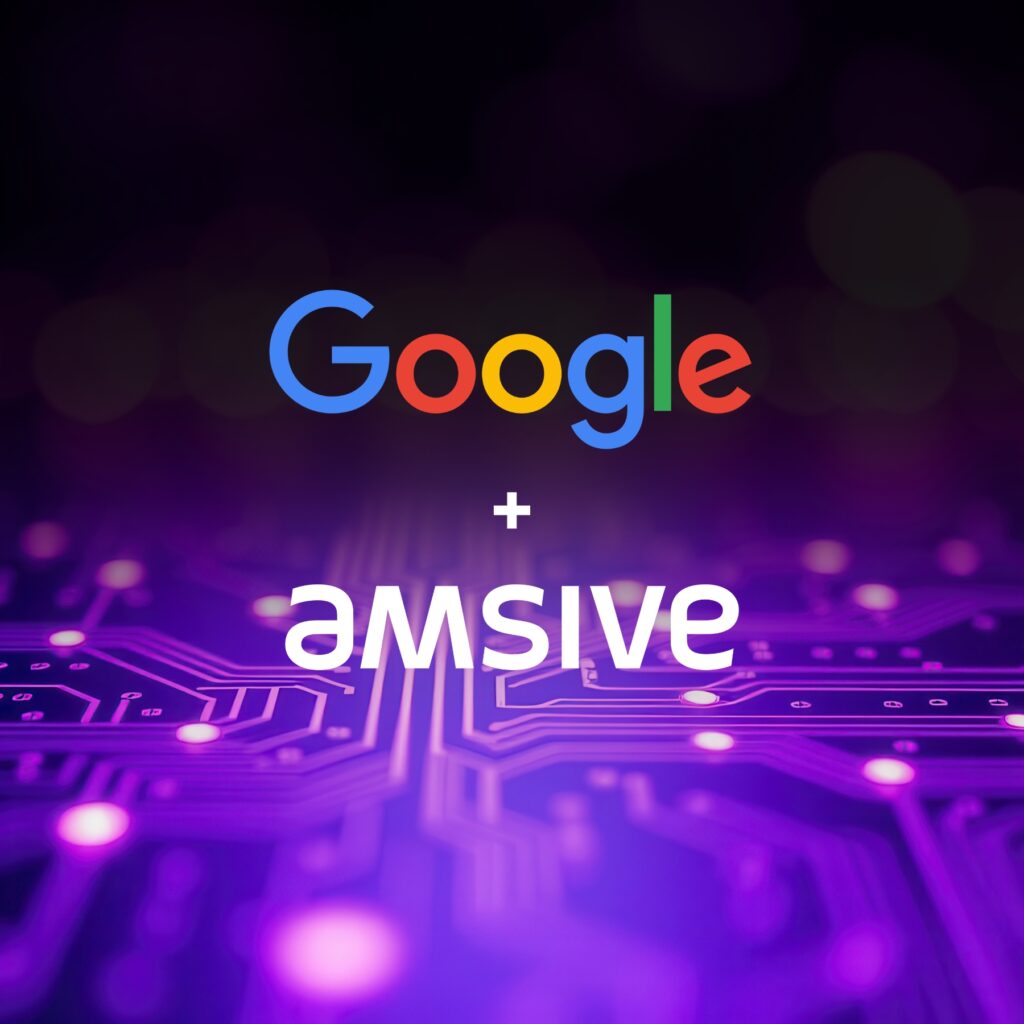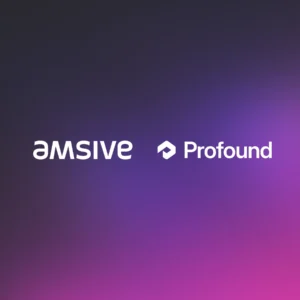Financial advice and consultation will help customers and members better manage their finances — and remain lucrative account holders into the future.
Americans’ financial literacy challenges are far from new. According to the U.S. Financial Literacy and Education Commission, only one-third of adults could answer at least four of five fundamental financial concepts such as mortgages, interest rates, inflation, and risk. For years, financial institutions have talked about the need to educate their account holders on how to better manage their money — and thus retain them longer — but most haven’t really done anything. This speaks to a bigger financial wellness need for many account holders and the institutions that serve them.
Over 20 percent of Americans polled by the National Financial Educators Council did not feel they had anyone they trusted when they had a question about finance, and don’t typically think to go to financial institutions for advice. Why is that? One reason for the overall lack of education is the pejorative measures banks and credit unions rely on bank and credit unions’ continued reliance on the short-sighted practice of charging non-sufficient fund (NSF) and overdraft fees to make up a significant portion of non-interest income leads to short-term gains, but the gradual attrition of established customers.
In the post-Great Recession, current COVID-19 economic environment, it remains a persistent problem. Still, U.S consumers are warming up to the idea of seeking extra financial education help; and according to a recent Charles Schwab survey:
- 63 percent said financial education was the most important supplementary graduation requirement next to math, English, and science.
- 52 percent said they would teach their younger selves basic money management.
- 51 percent said they would teach their younger selves about setting financial goals and working toward them.
By successfully harnessing data to identify banking habits and propensities that lead to such fee penalties, financial institutions can instead strategize on proactive and viable ways to keep account holders long-term. Now is the time to shift their reliance on non-interest income to consider how to promote educational resources and available tools to help consumers better manage their finances. Here’s how:
1. Shift Perspectives
Do financial institutions want to win the battle or the war? Decision-makers are doing nothing but angering account holders and driving them out the door with the current mindset. Plus, it’s not financially beneficial. Data from Raddonprojects that a typical institution generates only $52 in overdraft and fee revenue per checking account. A simple change in overdraft policies or reworked fee charges doesn’t solve the root of the issue either This is where financial education comes in.
Account holder behaviors are changing; they are more comfortable banking via digital channels like online and mobile, and there is now an ingrained expectation of a customized and personalized experience. It’s not enough to tell an account holder they are doing something wrong by charging them exorbitant fees — these banks and credit unions need to give them insights and products to bank smarter.
Making the effort to overhaul means opening up the potential to boost both the institution and account holder’s financial stability.
By successfully harnessing data to identify banking habits and propensities that lead to such fee penalties, financial institutions can instead strategize on proactive and viable ways to keep account holders long-term.
2. Use Data to Focus on the Right Account Holders
The biggest question isn’t just to change the way to look at financial literacy, it’s also figuring out who to target and how. Banks and credit unions need to embrace first-party data[amsive_tooltip term=”first-party-data”] resources to identify who among their existing customers is likely struggling financially and who needs financial advice and consultation.
For example, first-party account data can be used to identify:
- People with persistently low balances
- People who are bouncing checks
- People who are draining balances from one week to the next and likely living paycheck to paycheck. People who are habitually late with their loan payments
Crunching the data and gaining that information allows the bank or the credit union to reach out to those people in one way, shape, or form to provide financial advice and consultation with the goal and objective of increasing and strengthening the account holder’s financial literacy — and boosting retention[amsive_tooltip term=”customer-retention”] and potential cross-sell opportunities.
3. Provide Continued Value
One of the leading reasons why people attrite[amsive_tooltip term=”attrition-rate”] is they’re tired of paying fees. They get fed up and go somewhere else where the perception is they won’t be penalized as badly. Those sorts of fees and that extra revenue are good up to a point for the bank or credit union. But keeping an informed and educated account holder in-house outweighs the short gains of constantly docking them.
Any way a bank or credit union can avoid that and provide value will turn the tide.
What is most important is to get people to boost their knowledge about finance and then actually apply it. Armed with data insights, financial institutions can push viable educational resources and indicate omnichannel opportunities to make customers aware of product and service opportunities to meet their lifestyle needs and get the best overall experience. Ideally, this makes once-struggling account holders into continual account holders for an extended period of time.






